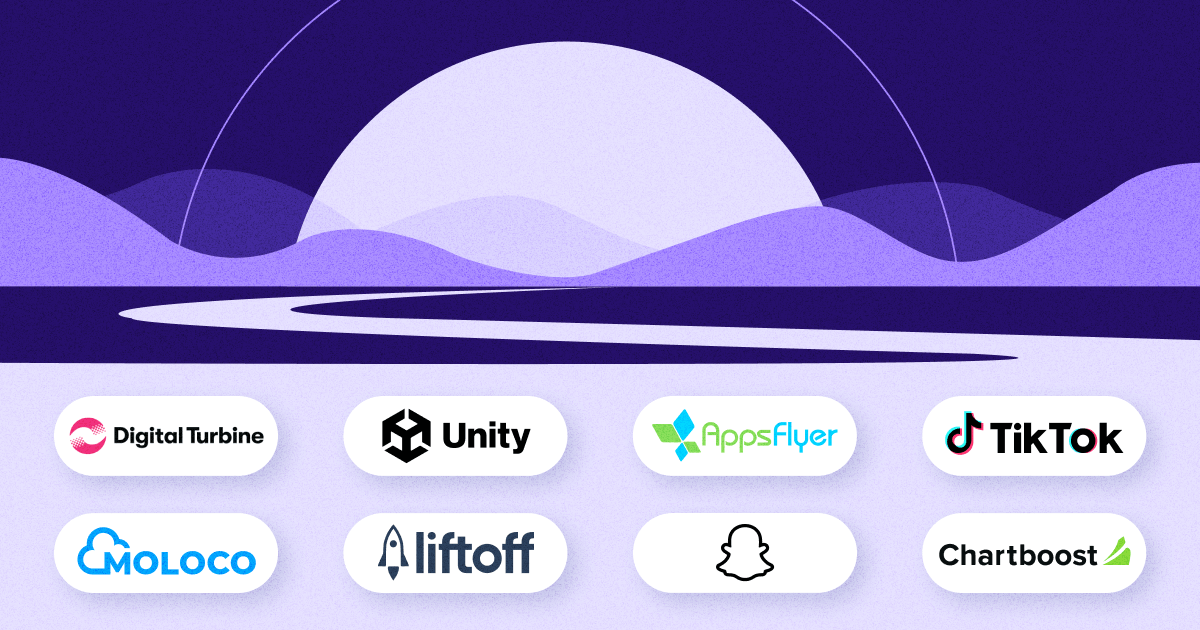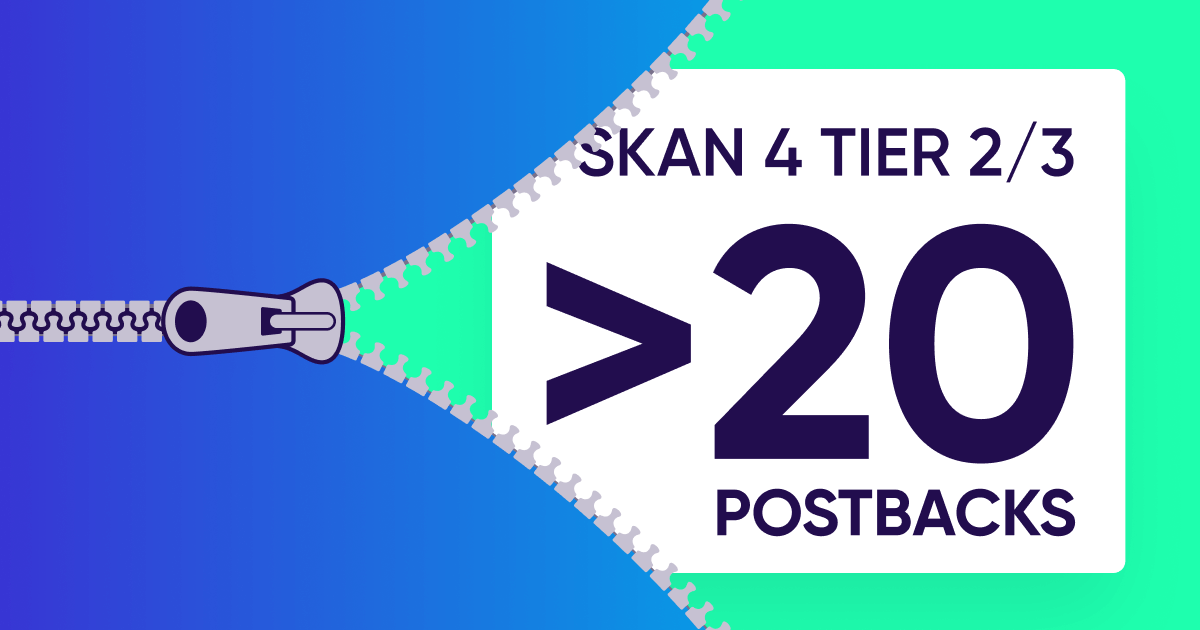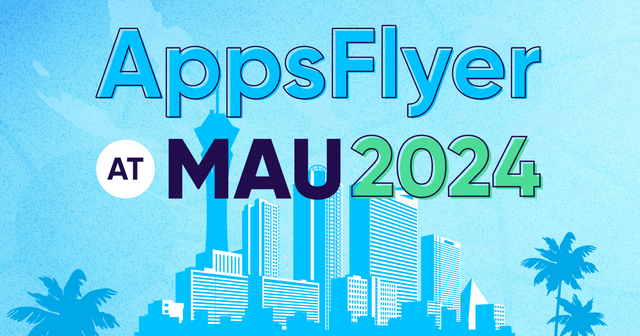
Ad publisher
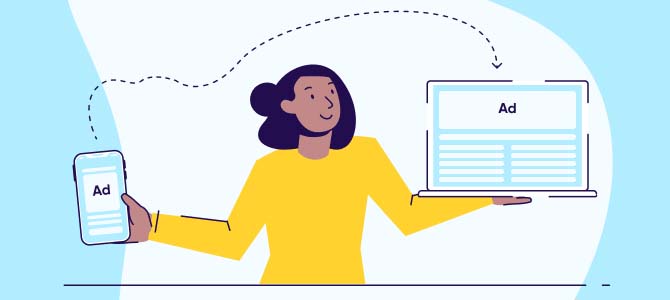
An ad publisher is a digital property owner that sells advertising space in its property to a third party.
What is an ad publisher?
A publisher is an individual or company who owns a digital content property with an audience, including apps or websites. When that property owner offers up space within the property for external ads — also known as ad inventory — it becomes an ad publisher.
Why would an advertiser purchase ad space? For the simple reason of gaining access to an audience which it can’t reach through its own marketing channels, driving growth, improved conversions, and maximizing brand exposure.
Use case 1: A media website
Just like a traditional print newspaper that designates portions of each page to ads, newspaper and TV websites earn revenue by selling digital ad space to external companies. In many cases, advertising earns more revenue than the publication’s subscriptions or print sales.
Use case 2: A cooking blog
Bloggers have seen extraordinary growth and success in recent years, but they can still struggle to monetize. Bloggers can earn money by offering ad space in their sites. For example, a cooking blog might sell ad space to companies like KitchenAid, King’s Arthur Flour, or Kroger.
Use case 3: A gaming app
A gaming app is a different kind of digital content property that has a captive audience. A gaming app might choose to offer in-app display ads for advertisers to supplement its revenue or support a free subscription model.
While display ads on a website or app are the most traditional form of paid digital advertising, there are many emerging forms of digital ads. Text ads, video ads, and audio ads are other formats increasing in popularity.
What’s the difference between a publisher and an advertiser?
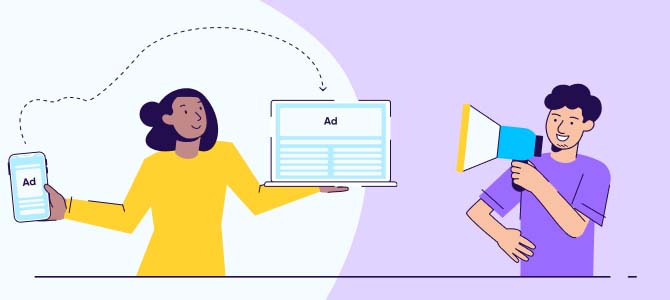
A publisher owns the channel or property hosting the ad, while the advertiser owns the ad content. Here are a few key differences:
| Publisher | Advertiser |
| Owns and controls the digital content property | Owns and controls the product or service being advertised |
| Determines ad specifications, rates, editorial calendars, and any quality standards | Determines ad content |
| Receives money for the ad | Pays money for the ad |
| Earns revenue through advertising and possibly other streams like subscriptions | Earns revenue through eventual sales generated through the ad |
Platform vs. Publisher
Some of the largest ad sellers in the world, like Google, Facebook, YouTube, and Amazon are considered platforms instead of publishers. What does this mean?
Publishers produce their own content, whether it’s a publication or product. A platform is simply a host network for users to post their content (for Google — website owners; for Facebook — users and brands). While platforms are major players in the digital advertising industry, they are not technically publishers.
Monetization models
How do publishers actually make money? There are several revenue models that publishers use to sell advertising:
Ad units
In display advertising, an advertiser pays for a certain size and placement of their ad. In video or audio advertising, an advertiser purchases a certain length of ad content, for example 15 seconds, 30 seconds, or 60 seconds.
Sponsored/Affiliate links
With affiliate links, a publisher receives a commission for any purchases that originate with the ad. Affiliate links usually accompany content related to that product or service.
Pay-Per-Click / Pay-Per-Impression
With pay-per-click, or PPC, an advertiser only pays for the number of clicks or impressions they receive on their ad. This can be a predetermined amount or can be a fluctuating number based on algorithms, such as Google Ads uses.
Publishers and the programmatic advertising ecosystem
While lucrative, selling ad space can be labor-intensive for a publisher. Manual selling can involve extensive outreach and communications with the advertiser, exchanging funds and artwork, publishing the ad on the app or website, and sharing analytics.
To simplify and automate ad sales for the publisher, the programmatic advertising ecosystem is serving as a middleman that can broker and streamline ad sales. .
To automate selling their inventory, publishers can pay for access to a supply-side platform (SSP) to manage the sales of its space. On the other side, advertisers can pay for access to a demand-side platform (DSP) to manage their purchases.
Independent data brokers can also play a complementary role to provide ROI data to both parties.
Ad networks and ad exchanges
Ad networks bundle together ad inventory for convenient purchasing for advertisers. Ad exchanges, on the other hand, provide the same function, but automated by algorithms rather than humans.
Key takeaways
- Selling ad inventory offers advertisers a way to reach new or specialized audiences and publishers a way to monetize their digital content property.
- Ad publishing can follow many different models: paid ad units, pay-per-click, pay-per-impression, and affiliate links that fit varying needs and budgets.
- Intermediaries can streamline and automate the ad buying process between an advertiser and publisher. These include SSPs, DSPs, ad networks, and ad exchanges that allow for bulk purchases, low maintenance, and potentially lower pricing for advertisers.
- The digital advertising ecosystem is constantly changing to meet the needs of publishers and advertisers by incorporating new technologies.

